The Life Cycle of Your Baby’s Clothes – Circular Fashion
November 20 2024 – Lottie & Lysh

As parents we find ourselves surrounded by baby clothes that have been outgrown almost as quickly as they were bought. It’s a universal experience. The pile of babygrows, little trousers and adorable dresses that hold memories of your baby’s first months and years. But what happens when those clothes no longer fit? At Lottie & Lysh we are committed to extending the life of baby clothes through ethical practices and circular fashion. Here’s how you can join us on this journey.
1. Circular Fashion
Circular fashion is designing, sourcing, producing and consuming clothes with the lifecycle in mind. It means clothes are made from safe and renewable materials, with a design that encourages reuse and recycling, so the products can be extended and waste minimised.
2. High Quality, Durable Design
At Lottie & Lysh we start with clothes that last. Made from high quality, sustainable materials our clothes are designed to withstand babyhood and be passed down to siblings, friends or even the next generation. Features like adjustable cuffs, expandable necklines and durable stitching make our clothes versatile and long lasting.
3. Repurpose Outgrown Clothes
When your child outgrows their clothes consider repurposing them in these ways:
-
Transforming garments: Turn a dress into a shirt or a pair of trousers into shorts.
-
Crafting with fabric scraps: Use smaller pieces of fabric for quilting or as decorative patches on other clothes.
-
Homemade accessories: Make hair bands, hats or even soft toys from old clothes.
4. Organise Clothes Swaps
Clothes swaps are a fun and eco-friendly way to refresh your child’s wardrobe without buying new. Organise a community swap or join online swap groups like the Lottie & Lysh Facebook Members Group. This will not only find you new to you clothes but also build community and support sustainable practices.
5. Donate to a Good Cause
Donating is the simplest way to give the clothes a second life. Look for local charities, hospitals or shelters that take baby clothes. This helps those in need and keeps textiles out of landfills.
6. Recycling Worn Out Clothes
Sometimes clothes are too worn out to be passed on. In those cases textile recycling comes into play. Recycled clothes can be reprocessed into new materials or used in industrial applications like insulation or rags. Check for textile recycling programs in your area or mail in options that take fabric scraps.
7. Educate and Advocate
We believe in education and advocacy. Share your experiences and learnings on social media, blogs or at community groups. Advocacy can also mean supporting policies that promote sustainability in fashion, locally and globally.
At Lottie & Lysh we see a world where every piece of clothing has a long and meaningful life. By doing these things we can make a big difference to our environment and our community. Join us on this journey of changing the way we think and handle our child’s clothes. Let’s close the loop on fashion.










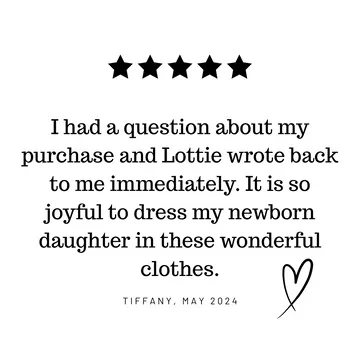
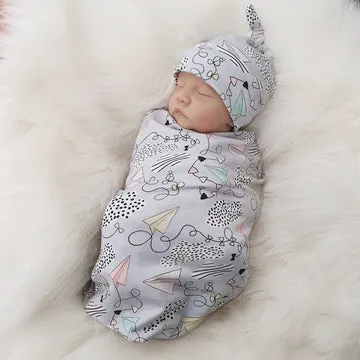
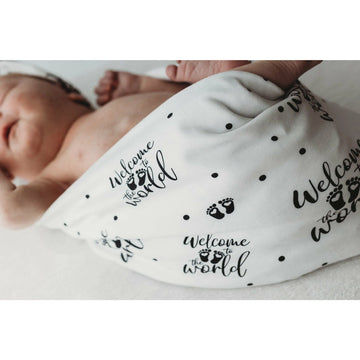












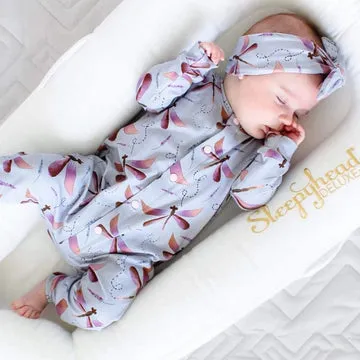
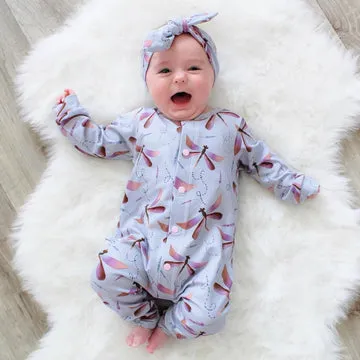











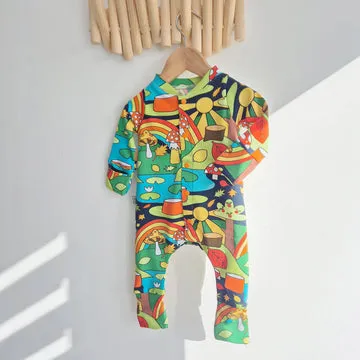









0 comments